John Cage used to enjoy what repeating what he said was a quotation from Thoreau. Thoreau’s first book A Week on the Concord and Merrimack Rivers did not sell, and at some point the publisher sent him back the remaining 700 copies. According to Cage, Thoreau said in response, “It makes me feel so good that no one is interested in my work, because it leaves me free to go in any direction that is necessary.†I fear that I have played some role in the dissemination of this misquote, for when I Google it my name often comes up. But for a long time I searched through Thoreau’s writings and biographies for it in vain. (Those journals can be quite a haystack when you start looking for needles.)
Today, in Henry S. Salt’s gratifying 1896 biography of Thoreau (of which I bought a frail copy at Concord this week), I ran across what Thoreau actually wrote:
I can see now what I write for, and the result of my labors. Nevertheless, in spite of this result, sitting beside the inert mass of my works, I take up my pen to-night, to record what thought or experience I may have had, with as much satisfaction as ever. Indeed, I believe that this result is more inspiring and better than if a thousand had bought my wares. It affects my privacy less, and leaves me freer.
Fairly different, is it not? You can see what a paradoxical spin Cage put on it; it sounds much more like Cage than like Thoreau. Cage would think of what direction to go next, and do something necessary; Thoreau would find his direction, if any at all, as the day inspired. Cage was aggravatingly fuzzy in his quotations, even more than Ives was, and I regret the role I played in spreading this around, though I enjoyed the defiant quality of the sentiment. I’ve spent many days recently trying to track a common Ives misquotation to its source as well, and I’ll have more to tell you about that shortly.
[UPDATE: Even so, I had a devil of a time finding the exact source in Thoreau’s Journal: Oct. 28, 1853. The PDF search engine in Thoreau’s online Journals is not reliable.]
And while I’m at it, documentary filmmaker Cambiz Khosravi reshot the film footage he had taken of me talking about 4’33”, which is part of his film on Woodstock history being premiered there Wednesday night. If nothing else, you can see how much weight I’ve lost recently.

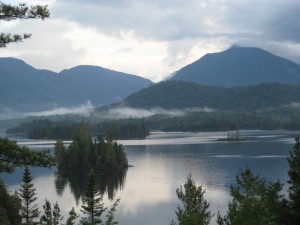

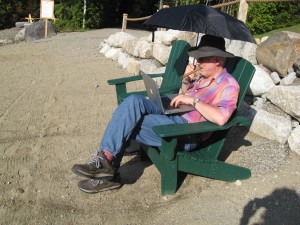
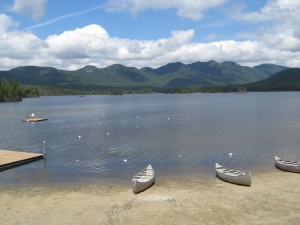
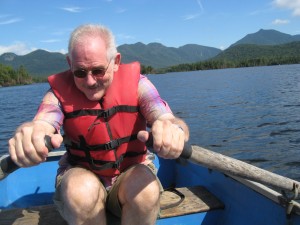
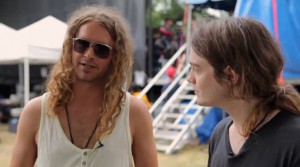


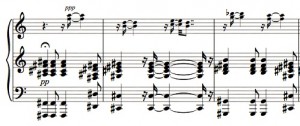
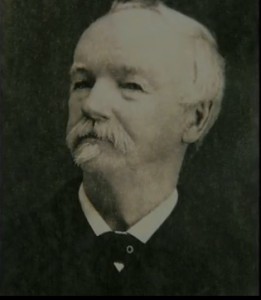
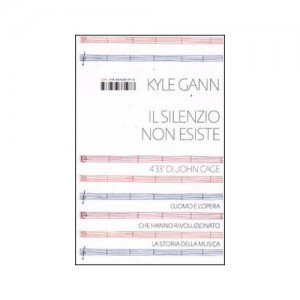 Apparently “The Silence Does Not Exist” (as Google retranslates it)
Apparently “The Silence Does Not Exist” (as Google retranslates it)